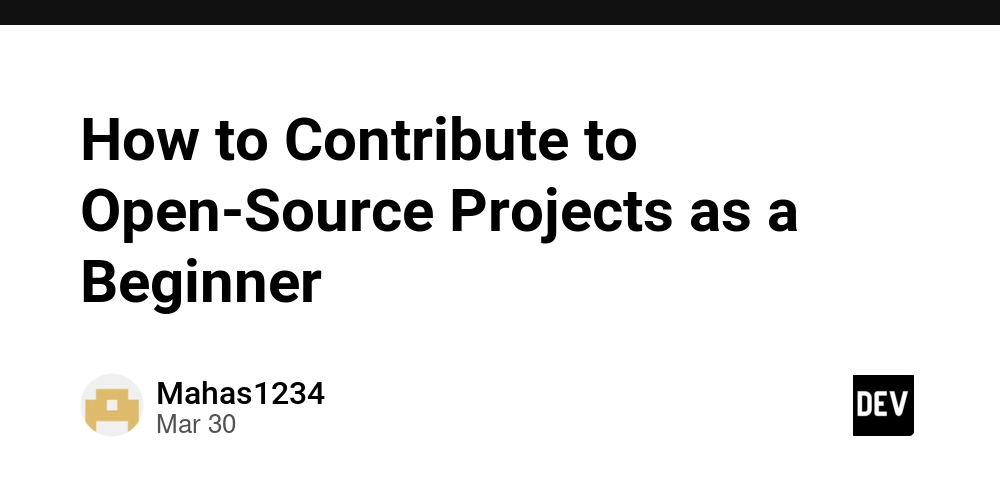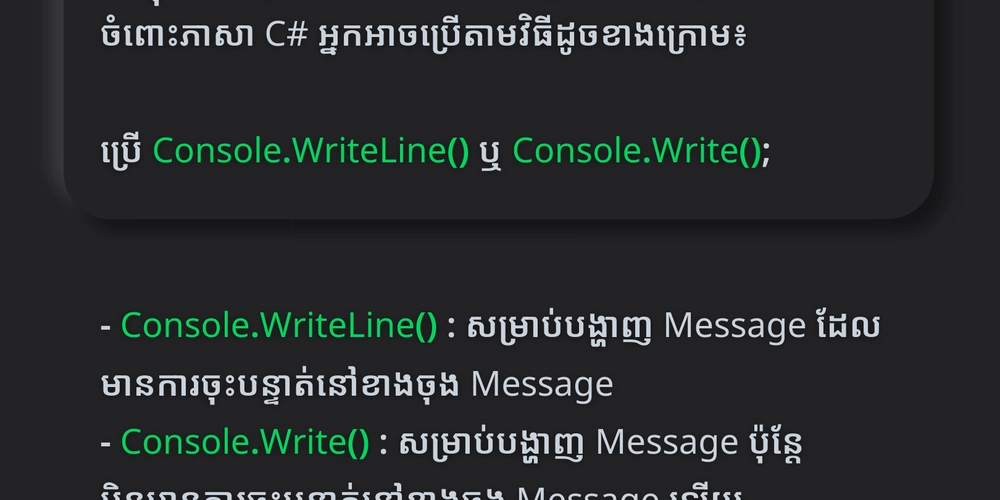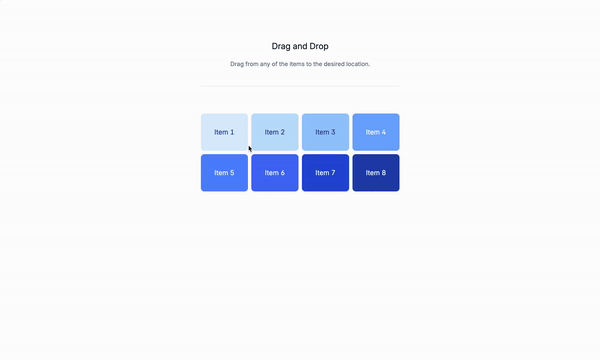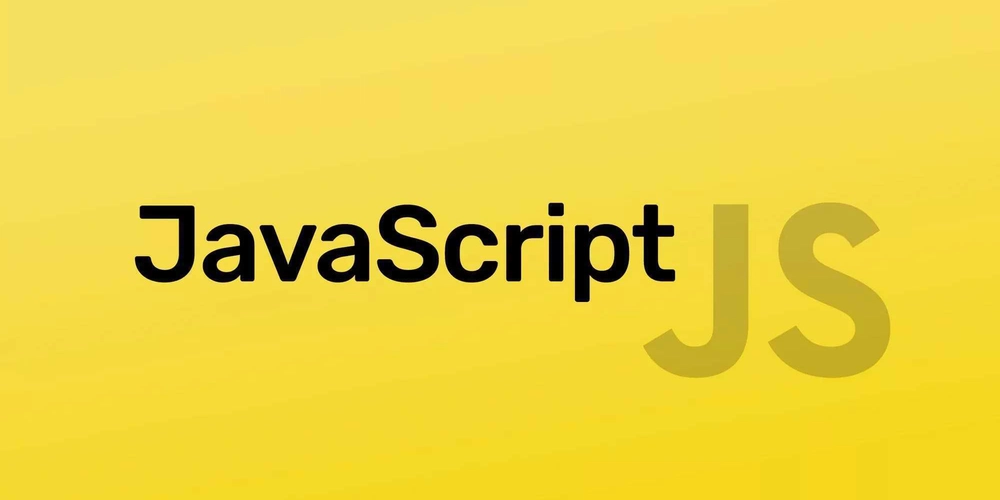How to Contribute to Open-Source Projects as a Beginner
Open-source contributions can significantly boost your technical skills, portfolio, and network. Whether you're a beginner developer or an experienced engineer, contributing to open-source projects helps you understand real-world software development and collaboration workflows. This guide provides a step-by-step approach to contributing effectively. Step 1: Understand Open Source and Choose a Project Before contributing, familiarize yourself with open-source concepts and choose a project that aligns with your skills and interests. Finding a Project: GitHub Explore: Browse GitHub Explore to find trending open-source projects. First-Timers Friendly Issues: Use GitHub search queries like label:"good first issue" to find beginner-friendly tasks. Tech Stack Compatibility: Choose a project that uses languages or frameworks you're comfortable with. Popular Open-Source Organizations: Projects from organizations like Mozilla, Kubernetes, and TensorFlow offer great learning opportunities. Step 2: Set Up Your Development Environment Once you've found a project, follow these steps: 1. Fork the Repository Navigate to the repository on GitHub and click the Fork button. This creates a copy of the project in your GitHub account. 2. Clone the Repository Open a terminal and run: git clone https://github.com/your-username/repository-name.git Navigate into the cloned directory: cd repository-name 3. Set Up the Upstream Remote To keep your fork updated with the original repository: git remote add upstream https://github.com/original-author/repository-name.git Verify remotes: git remote -v Step 3: Explore the Codebase and Issues Read the Documentation: Look for README.md, CONTRIBUTING.md, and other project-specific guides. Check the Issues Tab: Identify tasks labeled good first issue, help wanted, or bug. Join the Community: Engage in project discussions on GitHub Issues, Discord, or mailing lists. Step 4: Work on Your Contribution 1. Create a New Branch To keep your changes organized, create a new branch: git checkout -b feature-branch-name 2. Make Your Changes Write clean and well-documented code. Follow the project’s coding guidelines (check .editorconfig, .prettierrc, or .eslintrc). Test your changes locally before committing. 3. Commit and Push Your Code Stage the changes: git add . Commit with a meaningful message: git commit -m "Fix: Improved error handling in API request" Push your branch: git push origin feature-branch-name Step 5: Create a Pull Request (PR) Go to the original repository and click Compare & pull request. Provide a clear description of your changes, referencing related issues. Follow PR templates if available. Be patient and ready for review feedback. Step 6: Review and Merge Respond to reviewer comments and make necessary changes. Squash commits if required using: git rebase -i HEAD~n git push origin feature-branch-name --force Once approved, the project maintainers will merge your PR. Step 7: Stay Engaged Keep contributing to new issues. Help others by reviewing their PRs and answering queries. Network with the community for learning and opportunities. Conclusion Contributing to open-source projects is a rewarding experience. By following these steps—choosing the right project, setting up your environment, coding effectively, and engaging with the community—you'll grow as a developer and make a meaningful impact. Happy coding!

Open-source contributions can significantly boost your technical skills, portfolio, and network. Whether you're a beginner developer or an experienced engineer, contributing to open-source projects helps you understand real-world software development and collaboration workflows. This guide provides a step-by-step approach to contributing effectively.
Step 1: Understand Open Source and Choose a Project
Before contributing, familiarize yourself with open-source concepts and choose a project that aligns with your skills and interests.
Finding a Project:
- GitHub Explore: Browse GitHub Explore to find trending open-source projects.
-
First-Timers Friendly Issues: Use GitHub search queries like
label:"good first issue"to find beginner-friendly tasks. - Tech Stack Compatibility: Choose a project that uses languages or frameworks you're comfortable with.
- Popular Open-Source Organizations: Projects from organizations like Mozilla, Kubernetes, and TensorFlow offer great learning opportunities.
Step 2: Set Up Your Development Environment
Once you've found a project, follow these steps:
1. Fork the Repository
- Navigate to the repository on GitHub and click the Fork button. This creates a copy of the project in your GitHub account.
2. Clone the Repository
- Open a terminal and run:
git clone https://github.com/your-username/repository-name.git
- Navigate into the cloned directory:
cd repository-name
3. Set Up the Upstream Remote
- To keep your fork updated with the original repository:
git remote add upstream https://github.com/original-author/repository-name.git
- Verify remotes:
git remote -v
Step 3: Explore the Codebase and Issues
- Read the Documentation: Look for README.md, CONTRIBUTING.md, and other project-specific guides.
-
Check the Issues Tab: Identify tasks labeled
good first issue,help wanted, orbug. - Join the Community: Engage in project discussions on GitHub Issues, Discord, or mailing lists.
Step 4: Work on Your Contribution
1. Create a New Branch
- To keep your changes organized, create a new branch:
git checkout -b feature-branch-name
2. Make Your Changes
- Write clean and well-documented code.
- Follow the project’s coding guidelines (check
.editorconfig,.prettierrc, or.eslintrc). - Test your changes locally before committing.
3. Commit and Push Your Code
- Stage the changes:
git add .
- Commit with a meaningful message:
git commit -m "Fix: Improved error handling in API request"
- Push your branch:
git push origin feature-branch-name
Step 5: Create a Pull Request (PR)
- Go to the original repository and click Compare & pull request.
- Provide a clear description of your changes, referencing related issues.
- Follow PR templates if available.
- Be patient and ready for review feedback.
Step 6: Review and Merge
- Respond to reviewer comments and make necessary changes.
- Squash commits if required using:
git rebase -i HEAD~n
git push origin feature-branch-name --force
- Once approved, the project maintainers will merge your PR.
Step 7: Stay Engaged
- Keep contributing to new issues.
- Help others by reviewing their PRs and answering queries.
- Network with the community for learning and opportunities.
Conclusion
Contributing to open-source projects is a rewarding experience. By following these steps—choosing the right project, setting up your environment, coding effectively, and engaging with the community—you'll grow as a developer and make a meaningful impact. Happy coding!























































.jpg)





















































































































![[The AI Show Episode 142]: ChatGPT’s New Image Generator, Studio Ghibli Craze and Backlash, Gemini 2.5, OpenAI Academy, 4o Updates, Vibe Marketing & xAI Acquires X](https://www.marketingaiinstitute.com/hubfs/ep%20142%20cover.png)































































































































![From drop-out to software architect with Jason Lengstorf [Podcast #167]](https://cdn.hashnode.com/res/hashnode/image/upload/v1743796461357/f3d19cd7-e6f5-4d7c-8bfc-eb974bc8da68.png?#)






































































































.png?#)





.jpg?#)































_Christophe_Coat_Alamy.jpg?#)











































































































![Rapidus in Talks With Apple as It Accelerates Toward 2nm Chip Production [Report]](https://www.iclarified.com/images/news/96937/96937/96937-640.jpg)






































































































































